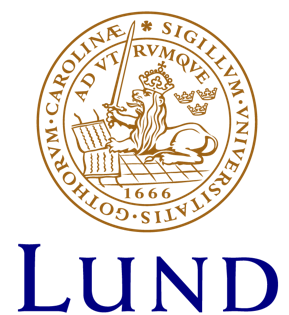In vitro development of 3D Bone models
We target the development of 3D in vitro systems capable of modelling the constitutive tissues of the human Bone Organ. The combination of scaffolding materials and perfusion-bioreactor devices offers a biotechnological platform for the generation of complex microenvironments.

Biomimicking approaches can be implemented toward reconstitution of the constitutive elements of the human skeletal or hematopoietic tissues.
Different cellular elements can be implemented (e.g. Mesenchymal cells), with possibility to induce their differentiation. The scaffolding material and associated extracellular matrix provide structural support, retention and presentation of molecular cues. The viability of the tissue is ensured by the perfusion system also mimicking interstitial tissue flow.
The resulting 3D environments are expected to offer a scaled-up advanced models to be used as fundamental and translational tool.
These models offers a customizable set-up to study complex behaviours/interactions of stem and committed cells, within a fully controlled environment. Applications run from:
- Interactions of between extracellular, mesenchymal and hematopoietic elements
- Identification of factors influencing mesenchymal chondrogenesis/osteogenesis
- Design of niches supporting human hematopoietic stem cells expansion
- Organ-scale screening system in particular disease contexts
Supporting litterature
• Bourgine et al., Advanced Functional Materials 2017.
• Bourgine et al., Cell Stem Cell 2018.
• Bourgine*, Klein* et al., PNAS 2018.


